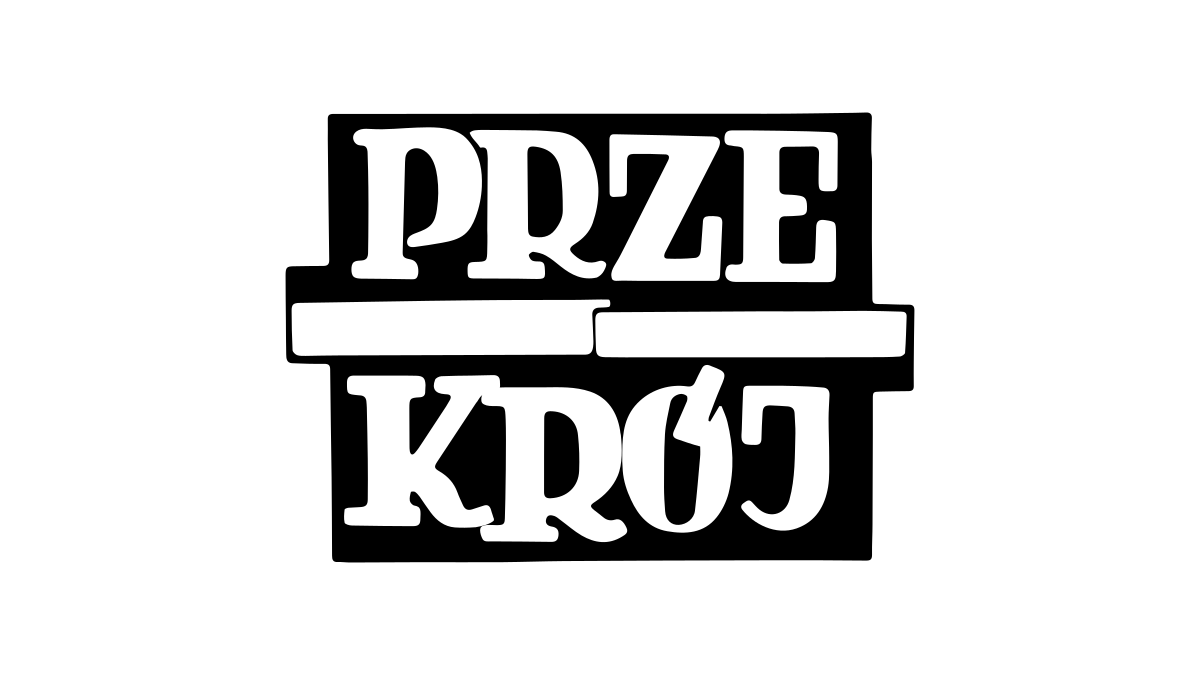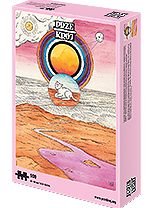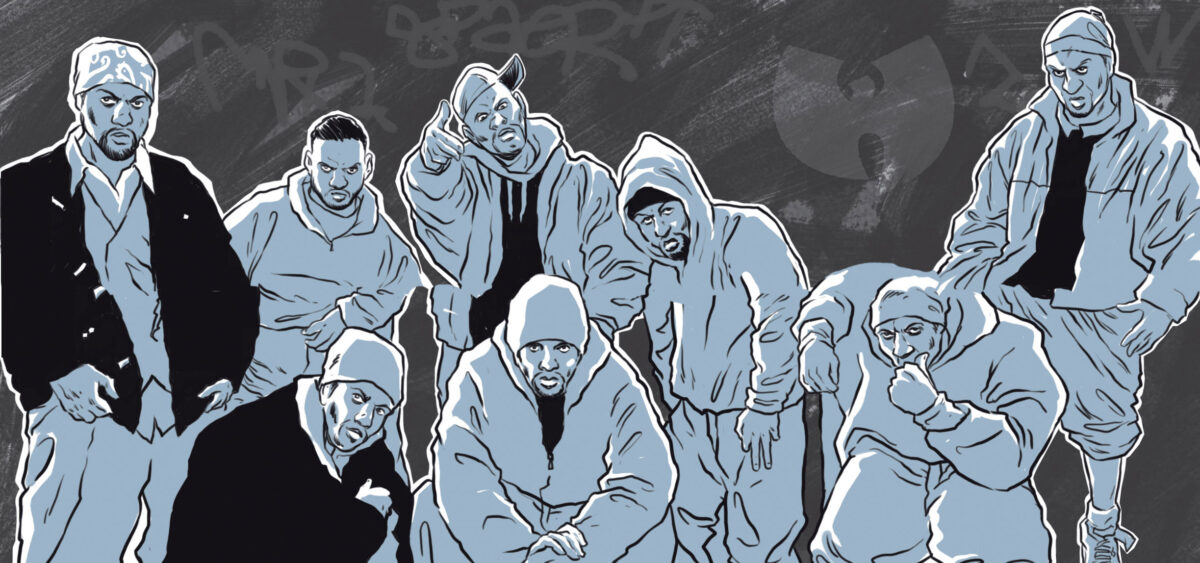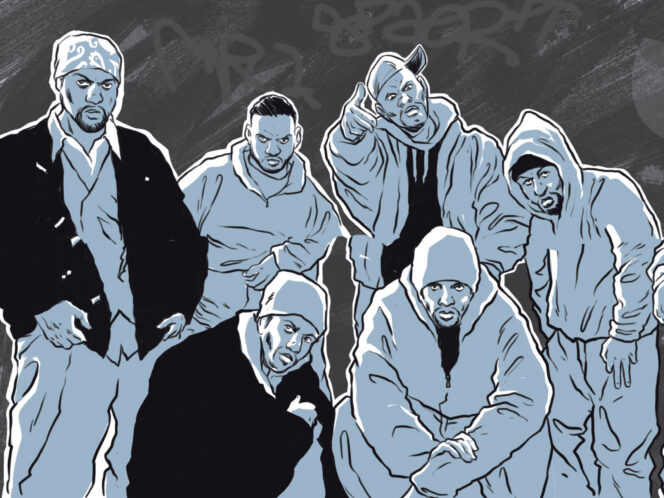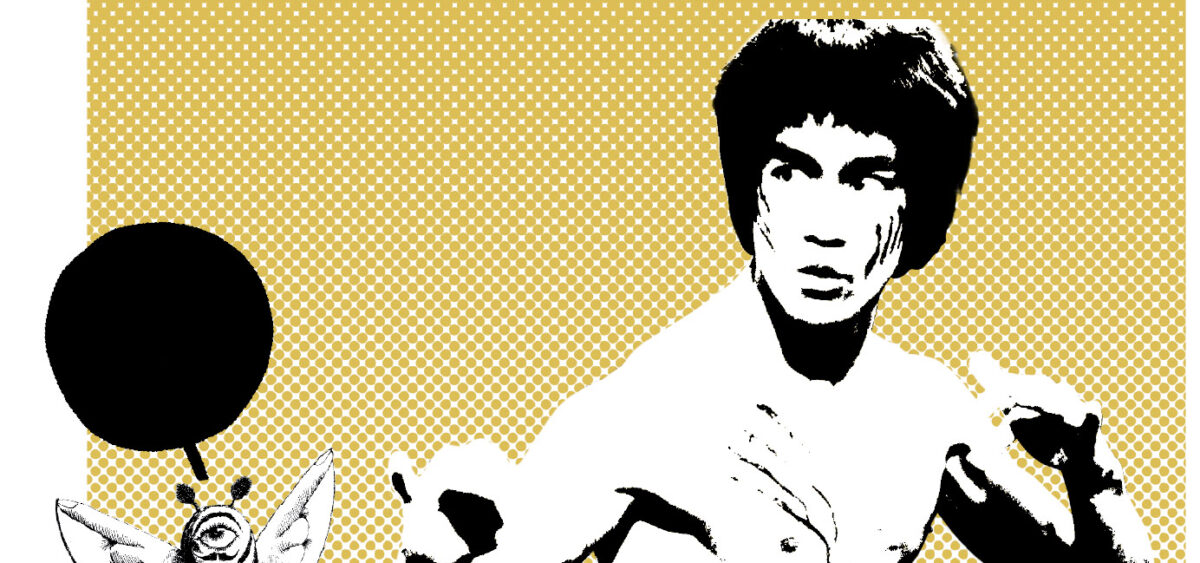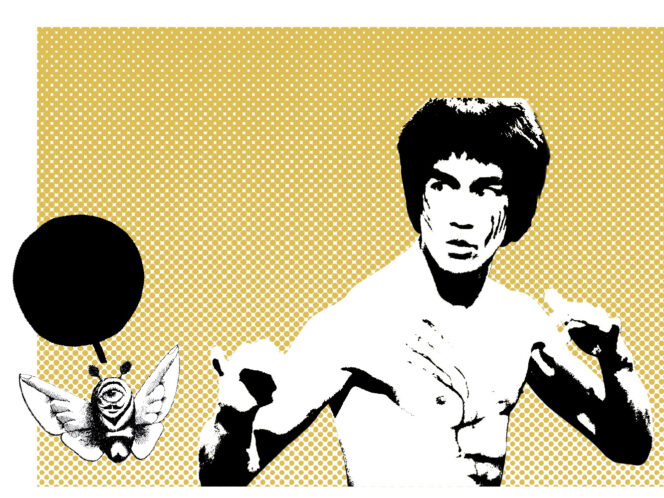
What do Bruce Lee, chess, and the Black Lives Matter movement have in common? The answer is, of course, the cult hip hop group, Wu-Tang Clan.
27 years ago, a revolution swept the sensibilities of hip hop and popular music in general. It began with an album: Enter the Wu-Tang (36 Chambers). On 9th November 1993, the first fortunate souls around the world were unpacking the CDs and cassette tapes they’d just bought, and inserting them into their stereo systems, boomboxes and Walkmen, hands trembling with anticipation… Wait, no, such solemn grandiloquence is, of course, out of place in this context. Nobody had the right to know that the album they were ripping the foil off with their teeth was a future classic of the genre – a benchmark for the generations to come. Yet it was enough to press ‘play’ to know you were listening to something new, something different. All that had come before simply hadn’t measured up to the new experience.
In the early nineties, the capital of popular music was Seattle. Kurt Cobain was hailed as the king, though unlikely and unwilling, of the music scene, and Pearl Jam’s Eddie Vedder as his successor. The dominant sounds of the era were those of grimy grungy guitars, and the commercially
